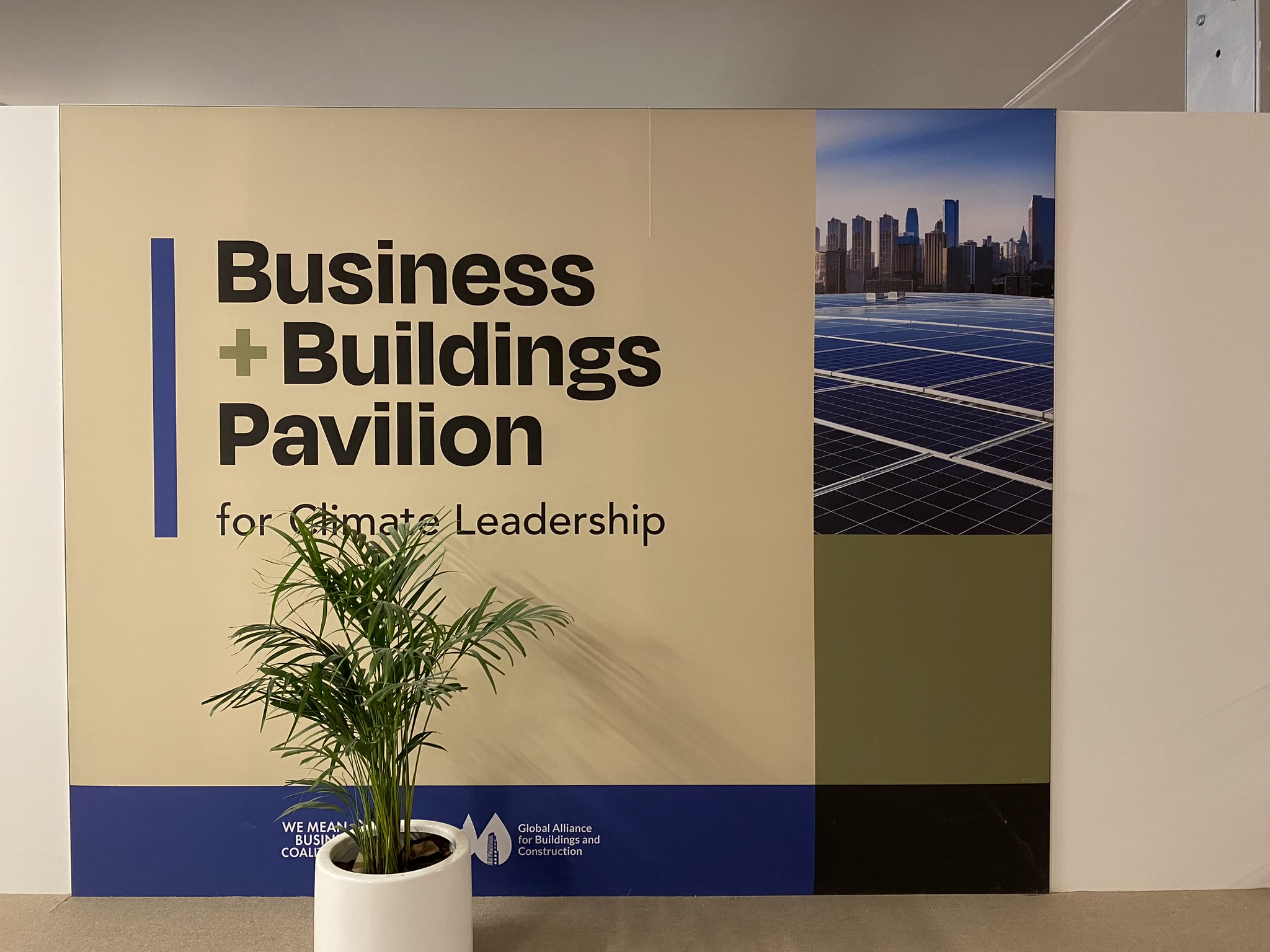For a considerable period, electricity usage in buildings has been considered one of the significant contributors to carbon emissions. However, if all the electricity sources in a building are renewable energy, can we assert that the building achieves net zero carbon emissions? According to the Asia Pacific Embodied Carbon Primer, “embodied carbon” from buildings accounts for about 11% of global carbon emissions, and the carbon emissions generated before new buildings are occupied account for half of their carbon footprint. Carbon emissions from buildings can be categorized into two types: “operational carbon” and “embodied carbon”. Operational carbon refers to the energy-related carbon emissions produced from the operation of a building, while embodied carbon refers to the carbon emissions generated throughout the entire lifecycle of a building, including building materials, construction, and demolition stages.

“Embodied carbon” refers to the carbon emissions that are generated throughout the entire lifecycle of a building, encompassing the building materials, construction, and demolition stages.
In the past, the emphasis has primarily been on reducing “operational carbon” emissions from building, whether through green building certifications issued by major architectural organizations or initiatives launched at the United Nation Climate Change Conference. However, there has been limited discussion on reducing the “embodied carbon” in buildings. With the growth of renewable energy in recent years, an increasing number of organizations worldwide believe that achieving zero carbon emissions in buildings necessitates solving embodied carbon emissions together. The United Nations Climate Change Conference (COP28), which concluded two months ago, introduced the Buildings Breakthrough agenda. The aim of this agenda is to establish “near-zero emission buildings” as the standard by 2030. Near-zero emission buildings are defined as highly energy-efficient buildings that have undergone a comprehensive lifecycle assessment. Once the trigger is pulled, it will represent the urgent need for embodied carbon reduction.
However, how can we reduce the embodied carbon? This can be accomplished with the following methods:
1. Procuring low-carbon building materials
2. Using carbon storage materials
3. Conducting circular design
4. Optimizing building scale
The most common approach is to utilize low-carbon building materials like steel, cement, concrete, etc. Numerous international organizations have already established standards for low-carbon steel and cement products. Furthermore, an increasing number of countries are engaging in “low-carbon public construction procurement”, and nearly a hundred companies have made a “2030 pre-order commitment” to stimulate market growth. Market development for low-carbon building materials is expected to accelerate in the coming years, making procurement easier.

The United Nations Climate Change Conference (COP28) has introduced the “Buildings Breakthrough” initiative, with the goal of substantially decreasing both operational carbon and embodied carbon in buildings.
Furthermore, the policies on building requirements in various countries are becoming increasingly stringent. California enacted groundbreaking legislation last year by becoming the first state government in the United States to pass a comprehensive policy bill on all-embodied-carbon building. Additionally, Toronto, Canada, has put an embodied carbon limit on newly-built municipal buildings. The influential green building certification, LEED, will soon release its fifth version (v.5), which will include embodied carbon in the calculations. To obtain LEED certification for their buildings in the future, businesses will need to carefully consider carbon emissions throughout the entire lifecycle.
It is worth noting that there is also an ongoing international discussion regarding embodied carbon reduction during the stages of interior and building renovation. That is to say, in the future, all interior decoration and renovation materials will undergo a comprehensive examination to assess their carbon emissions. Hence, it may become the mainstream to prioritize the utilization of low-carbon, durable, and reusable materials that come with environmental product declarations or take disassembly and reassembly concerns during the design phase into account.
Certain individuals may have concerns regarding whether reducing embodied carbon in construction will lead to increased costs. Several case studies have shown that early-stage embodied carbon can be reduced by 20% to 46% at cost premiums of less than 1%. However, to achieve this requires comprehensive research, such as designing an even span design or utilizing a product database to identify low-carbon products, and verifying costs with suppliers during the planning phase. With the widespread adoption of renewable energy, embodied carbon reduction in construction has become an imperative issue that cannot be overlooked. It is imperative for the governments, businesses, and the construction industry all over the world to actively promote embodied carbon reduction in order to make a significant contribution to mitigating global climate change.

A growing number of companies are participating in international advocacy initiatives, aiming to leverage market forces to promote embodied carbon reduction in the construction industry.

















